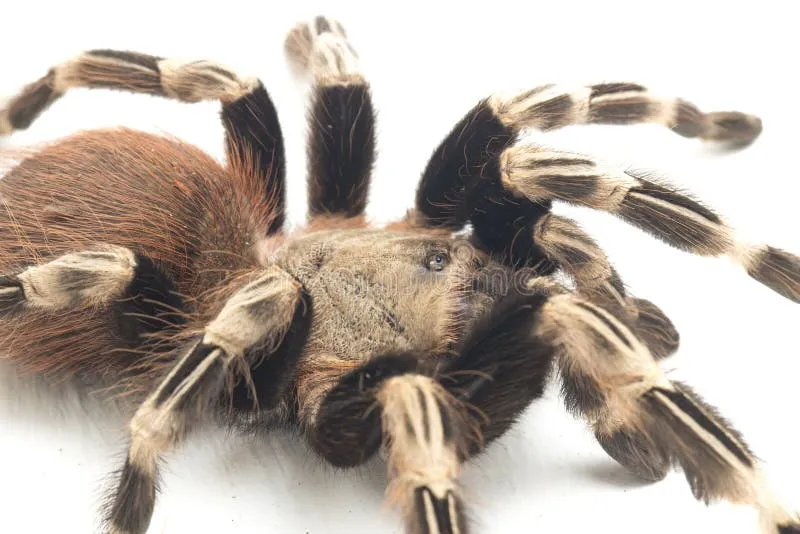Top 5 Facts about Brazilian Red & White Tarantula Lifespan
The Brazilian Red and White tarantula (Nhandu chromatus), is a captivating species popular among tarantula enthusiasts. Understanding their lifespan is crucial for responsible pet ownership. This article delves into the top 5 facts about the lifespan of these fascinating creatures, providing valuable insights for both novice and experienced keepers. From their average lifespan to the factors influencing it, and the breeding impact, we will cover everything you need to know to ensure your tarantula lives a healthy and fulfilling life. With proper care, these arachnids can become long-lived companions, offering a unique perspective on the natural world. Let’s explore the secrets to maximizing their longevity and understanding their life cycle.
Understanding the Brazilian Red & White Tarantula
Appearance and Characteristics
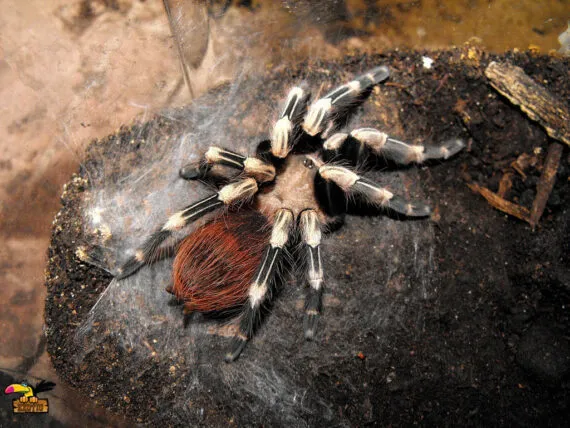
Brazilian Red and White tarantulas are known for their striking appearance. They typically display a dark brown to black carapace with contrasting white or cream-colored markings on their legs. The abdomen is often covered in reddish-brown hairs, which give the species its common name. Adults can have a leg span of up to 7-8 inches, making them a medium-sized tarantula. Their robust build and vivid coloration make them a visually appealing species, adding to their popularity as pets. The contrast in color makes them a beautiful and interesting pet to observe. It’s important to appreciate their unique features and understand their needs to provide proper care and maintain their health. (Image brazilian-red-white-tarantula-appearance.webp)
Origin and Habitat
These tarantulas are native to the grasslands and open woodlands of South America, particularly in Brazil, Paraguay, and Argentina. In their natural habitat, they are terrestrial spiders, living in burrows or under rocks and fallen logs. The temperature and humidity levels in their natural environment greatly influence their lifespan. Replicating these conditions in captivity is essential for their well-being. The natural environment provides key insights to understanding the care requirements of this tarantula. A well-maintained enclosure, which mimics their natural habitat, promotes good health and longevity. (Image brazilian-red-white-tarantula-habitat.webp)
Fact 1 The Average Lifespan
The lifespan of a Brazilian Red and White tarantula can vary, but on average, females live significantly longer than males. Female tarantulas can live for 15 to 20 years or even longer, provided they receive proper care. Males, on the other hand, typically live only 3 to 5 years after reaching maturity. This difference is largely due to the energy expenditure of males during mating and the shorter lifespan post-maturity. Understanding the differences in lifespan between males and females helps owners make informed decisions about their pet. It also influences the long-term care strategies. (Image brazilian-red-white-tarantula-overview.webp)
Male vs Female Lifespan
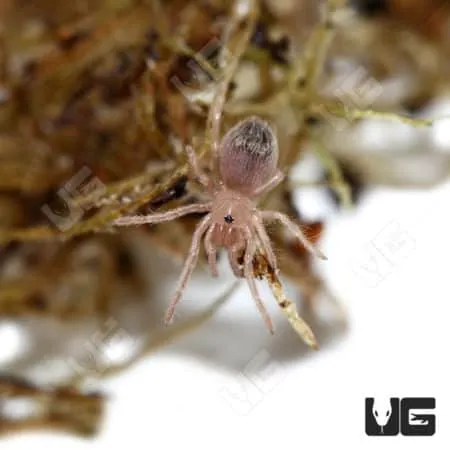
The disparity in lifespan between male and female Brazilian Red and White tarantulas is a key consideration for potential owners. Males reach maturity faster, and their primary role is to reproduce. After mating, they often die within a few months or a year. Females, on the other hand, invest more energy into their development and reproduction. This, along with their role in egg sac production and defense, contribute to their longevity. The difference in lifespan emphasizes the importance of knowing the sex of your tarantula and the associated implications for its care. Knowing the difference allows owners to plan accordingly.
Factors Influencing Lifespan
Several factors significantly influence the lifespan of a Brazilian Red and White tarantula. These include diet, environmental conditions, and overall health. A proper diet, consisting of appropriately sized insects, is essential for their growth and well-being. Maintaining optimal temperature and humidity levels is crucial for their metabolism and molting process. Regular monitoring for health issues and providing prompt veterinary care can also contribute to a longer lifespan. Careful attention to these elements will help ensure your tarantula thrives. Providing the right environment is key to a long life. Proper care provides significant benefits for a healthy and long life.
Fact 2 Diet and Nutrition Importance
A balanced diet is fundamental to the health and longevity of a Brazilian Red and White tarantula. The tarantula’s diet should primarily consist of insects that are the appropriate size for the spider. Crickets, roaches, and mealworms are common choices, but the variety in diet is always the best. Feeding should be tailored to the tarantula’s size and growth stage. Overfeeding can lead to health problems, while underfeeding will stunt growth. Supplementing the diet with vitamins and minerals is beneficial, especially for growing tarantulas and females producing egg sacs. The diet has a massive impact on their overall health and lifespan. (Image brazilian-red-white-tarantula-feeding.webp)
Feeding Requirements
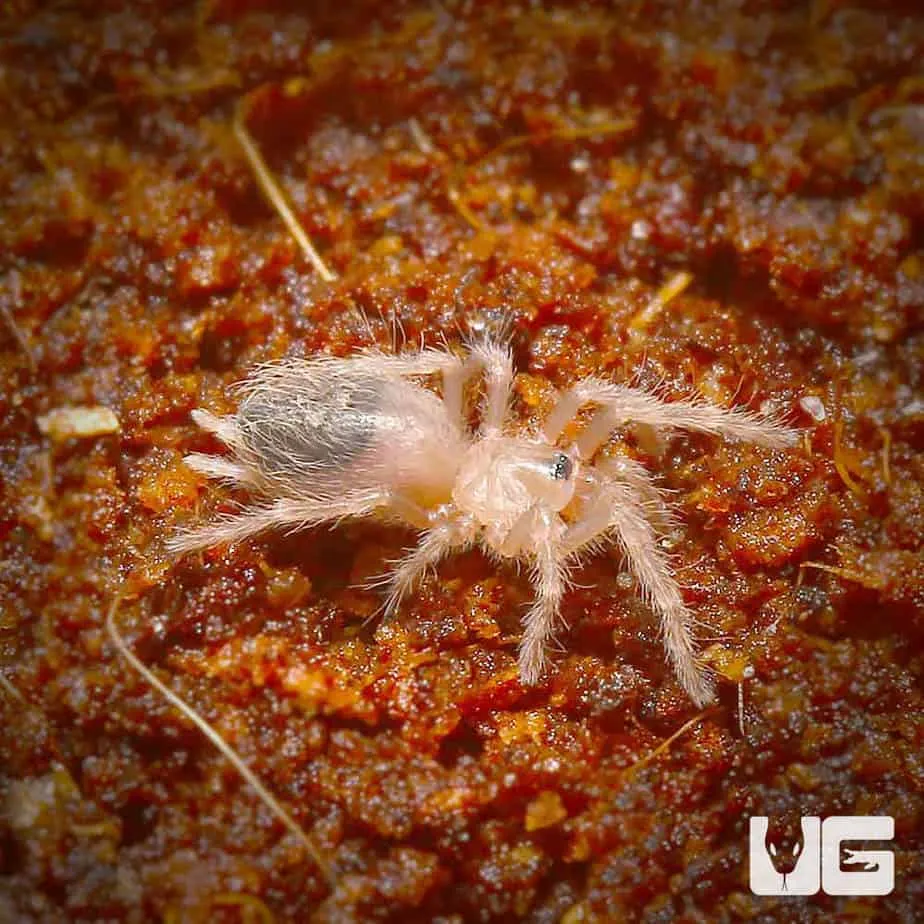
The frequency and quantity of feeding depend on the tarantula’s age, size, and molting cycle. Young tarantulas may need to be fed more frequently, such as every other day, while adults can be fed once or twice a week. It’s crucial to remove uneaten food after 24 hours to prevent mold growth and maintain hygiene in the enclosure. Always ensure the prey is properly sized; prey should be smaller than the spider’s body. Monitoring their feeding behavior and body condition is key to adjusting the feeding schedule. Feeding habits vary based on the tarantula’s life stages and environmental conditions. Adjusting the feeding amounts allows the tarantula to get the right nutrition.
Impact of a Balanced Diet
A well-balanced diet supports healthy growth, molting, and overall vitality. It strengthens the immune system, making the tarantula less susceptible to disease. A diet that includes essential nutrients ensures that the tarantula will have the necessary resources to live a long, healthy life. Poor nutrition can lead to stunted growth, poor molting, and various health issues. Providing a diet rich in nutrients can significantly extend the lifespan. Ensuring the tarantula’s health is supported is essential for their longevity and well-being, this diet allows the tarantula to achieve that goal.
Fact 3 Environmental Conditions Role
Creating the right environment is crucial for the well-being of a Brazilian Red and White tarantula. Mimicking their natural habitat through the use of proper temperature, humidity, and enclosure setup is paramount for their health. The right environment supports their metabolism, molting process, and overall health. Incorrect environmental conditions can lead to stress, dehydration, and respiratory issues, shortening their lifespan. Paying close attention to these environmental aspects can significantly impact their long-term health. It ensures they live comfortably, mirroring their natural environment. (Image brazilian-red-white-tarantula-enclosure.webp)
Temperature and Humidity Needs
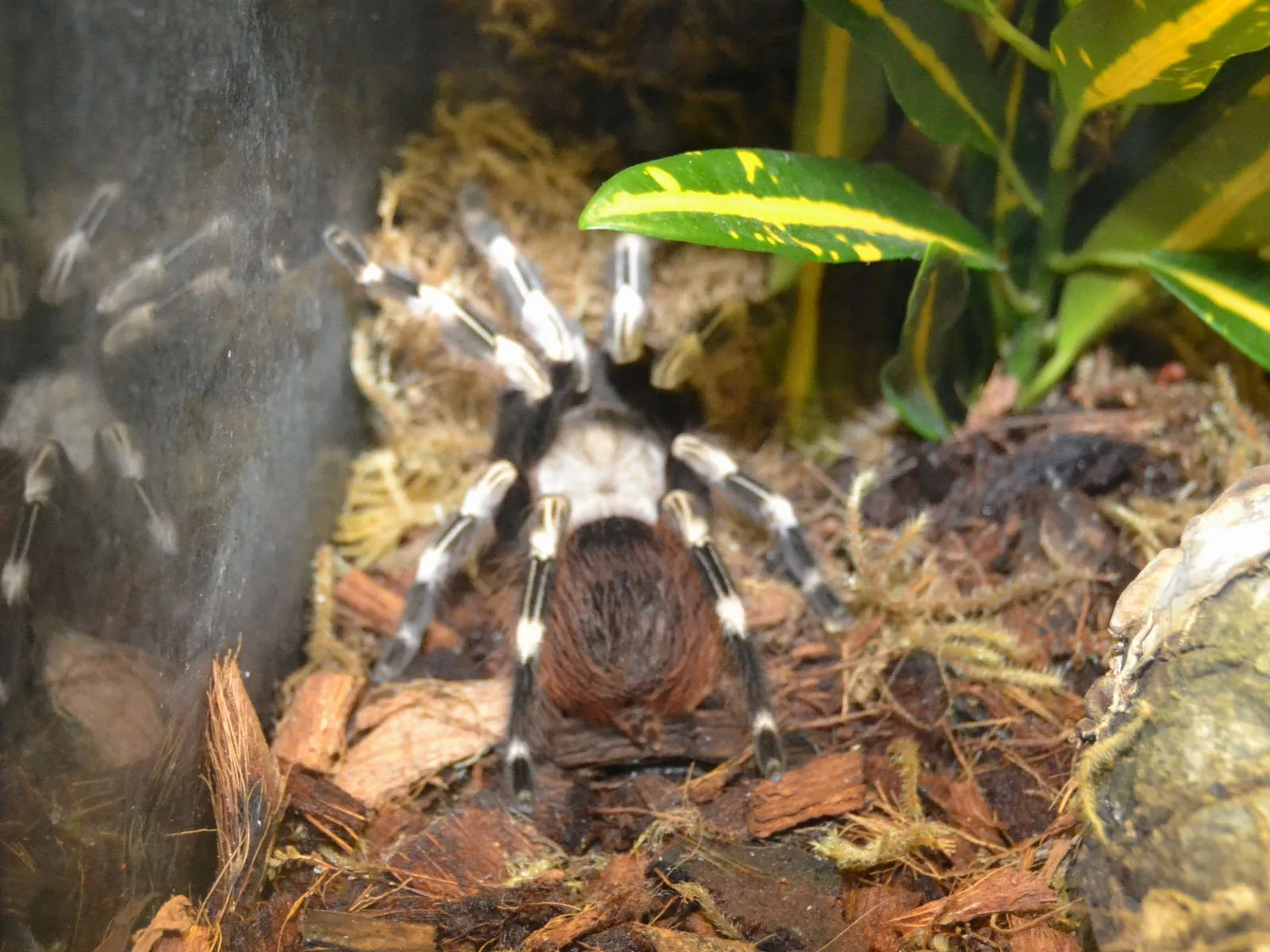
Brazilian Red and White tarantulas thrive in a temperature range between 75-85°F (24-29°C). Humidity levels should be maintained between 65-75%. Monitoring the temperature and humidity is essential using a thermometer and hygrometer. Maintaining the correct temperature is crucial for their metabolic rate, molting process, and overall health. A slight increase or decrease can impact the tarantula’s health. High humidity can cause mold growth, while low humidity can lead to dehydration. Regulating and monitoring humidity and temperature is extremely important for their well-being.
Importance of Proper Enclosure
The enclosure should provide enough space for the tarantula to move around and exhibit natural behaviors. A substrate, such as coconut fiber or peat moss, helps regulate humidity and allows the tarantula to burrow if it chooses. The enclosure should be well-ventilated to prevent the build-up of moisture and stale air. Providing hiding places, such as cork bark or artificial plants, can reduce stress and make the tarantula feel more secure. The right enclosure has a huge effect on its lifespan. Choosing the right setup ensures the tarantula lives in a comfortable and healthy environment. They will be comfortable and it will promote a healthy environment.
Fact 4 Common Health Issues
Like any pet, Brazilian Red and White tarantulas are susceptible to certain health issues. Understanding these potential problems and how to address them is essential for maintaining their lifespan. Common health issues include dehydration, molting problems, parasites, and injuries. Preventing health issues and recognizing signs of illness are the first steps to providing good care. These issues can often be prevented or managed effectively through proper husbandry, diet, and environmental control. Early detection and intervention can greatly improve the tarantula’s chances of a long and healthy life. (Image brazilian-red-white-tarantula-health.webp)
Preventing Health Problems
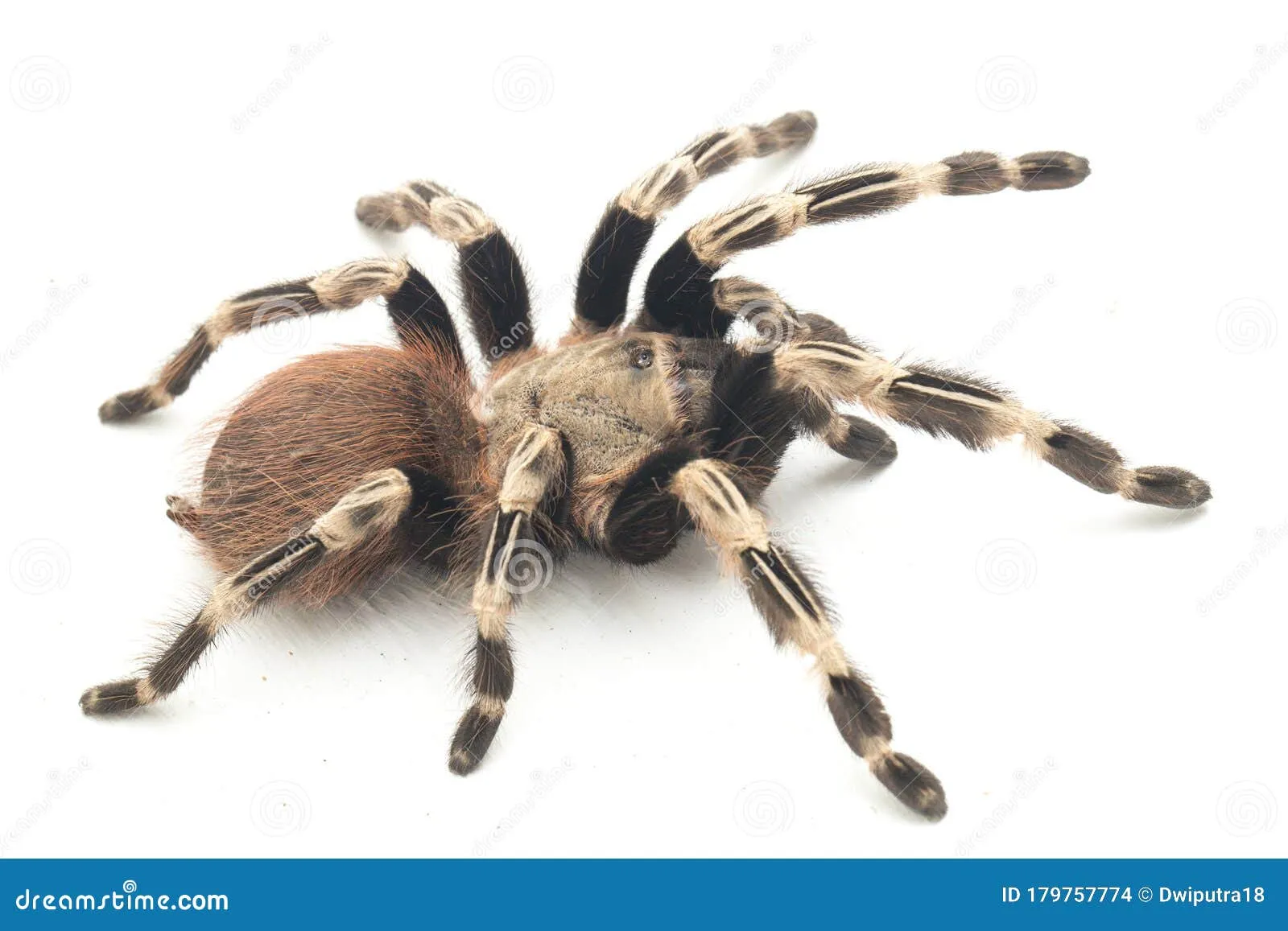
Proactive measures can prevent many common health problems in Brazilian Red and White tarantulas. Maintaining the correct temperature and humidity levels is crucial for preventing dehydration and molting issues. Providing a varied and balanced diet, including supplements, can strengthen their immune system. Keeping the enclosure clean and removing uneaten food prevents the build-up of bacteria and parasites. Avoiding the use of pesticides or chemicals near the enclosure is also essential. A clean environment prevents the spread of bacteria. Taking these preventive steps can contribute significantly to the tarantula’s overall health and longevity.
Recognizing Signs of Illness
Knowing how to spot the signs of illness is critical. Common symptoms include lethargy, loss of appetite, unusual behaviors, and physical abnormalities. Difficulties with molting, such as a prolonged molting process or partial molts, can also indicate health problems. Changes in the tarantula’s posture, such as a lack of coordination or tremors, require immediate attention. If you notice any of these signs, seek veterinary advice from a qualified exotic animal veterinarian. Early detection and treatment can prevent the condition from worsening. The first step is to recognize the signs, and taking immediate action is the second step.
Fact 5 Breeding and Lifespan
Breeding plays a significant role in the lifespan of Brazilian Red and White tarantulas, particularly for females. The reproductive process can be physically demanding, affecting how long a female tarantula lives. Understanding the impact of breeding can help owners make informed decisions about their pet. Careful management of breeding practices can contribute to the health and longevity of both male and female tarantulas. This often results in careful attention to health and well-being. (Image brazilian-red-white-tarantula-breeding.webp)
The Breeding Process
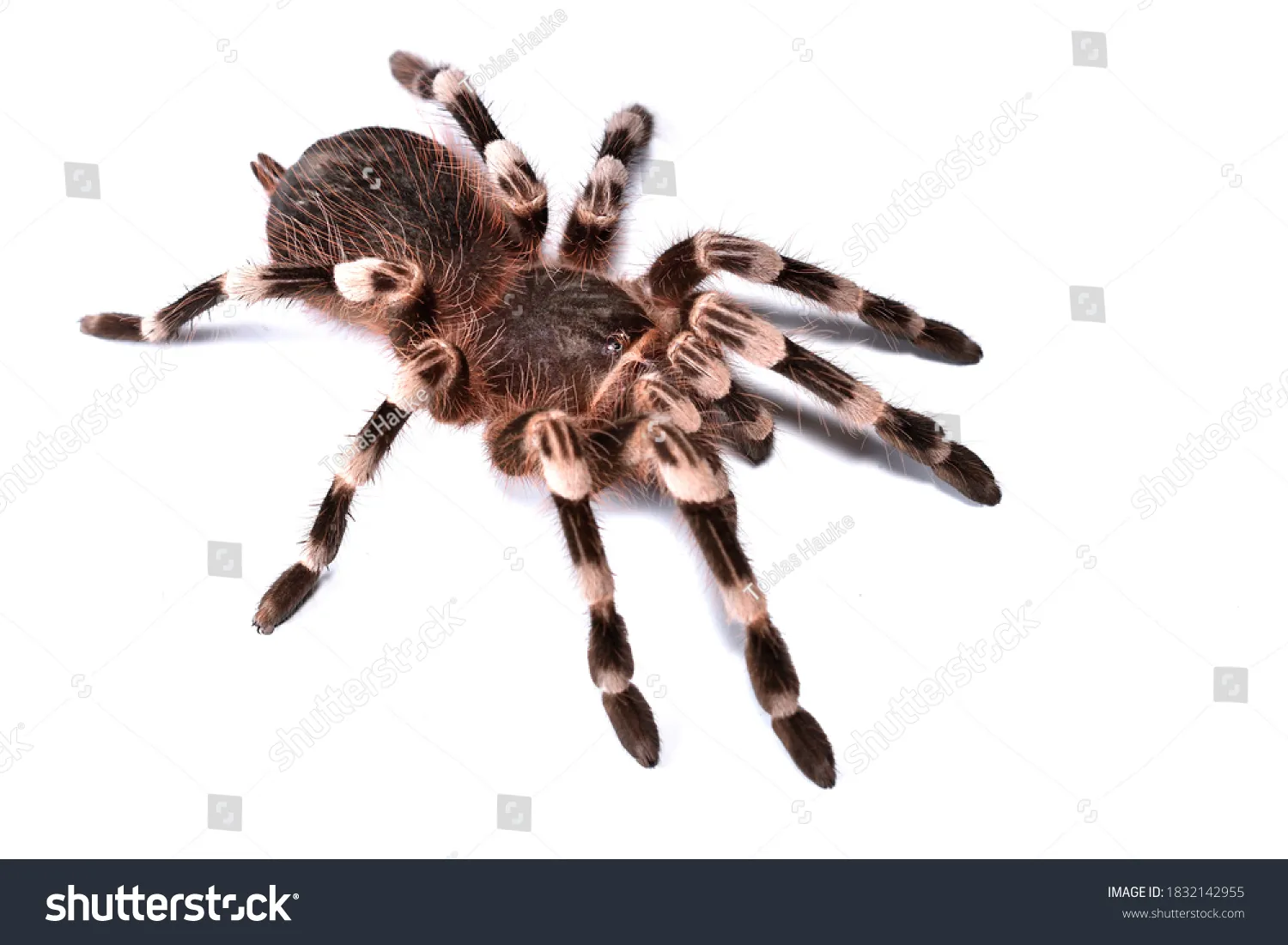
The breeding process involves specific preparation and care. Females must be healthy and well-fed before breeding. Males initiate the mating process by drumming on the female’s enclosure. After mating, the female will produce an egg sac, which she will guard and protect until the spiderlings hatch. The breeding process is a natural part of the tarantula’s life cycle. The process involves providing a safe and controlled environment to minimize stress. The more comfortable the tarantulas are, the better the results will be.
Impact on Female Tarantulas
The breeding process can affect the lifespan of female tarantulas. Egg production and maternal care require significant energy, which can shorten their lifespan. Females often experience a decrease in appetite after mating, and they may become more vulnerable to health issues if not properly cared for. Providing the female with a nutrient-rich diet and ensuring she is in a stress-free environment can mitigate the effects of breeding. Providing the right care is crucial for these animals.
Conclusion
The lifespan of a Brazilian Red and White tarantula is determined by a combination of factors. By understanding the average lifespan, the impact of diet and environmental conditions, and the implications of breeding, owners can significantly impact the health and longevity of these fascinating creatures. Providing proper care, including a balanced diet, a suitable environment, and regular health checks, is key to maximizing their lifespan. As responsible pet owners, we can enjoy the unique beauty and behavior of these tarantulas for many years to come. Remember, a well-cared-for tarantula is a happy and long-lived tarantula, ensuring the owner’s enjoyment of these beautiful animals. (Image brazilian-red-white-tarantula-female.webp)
